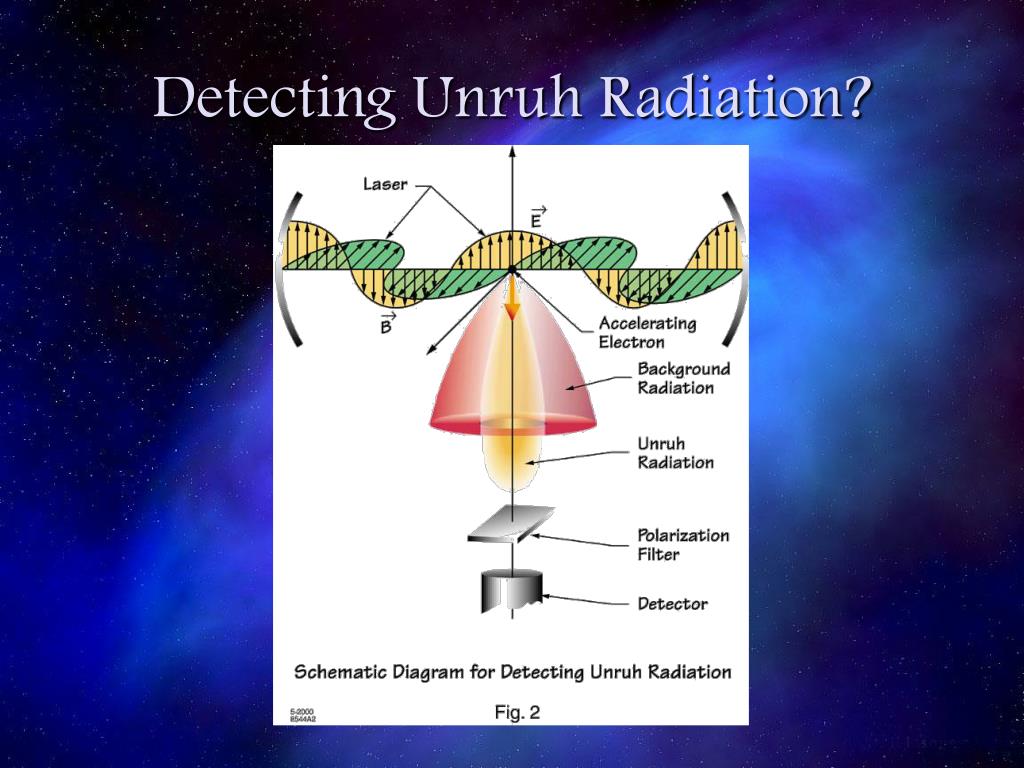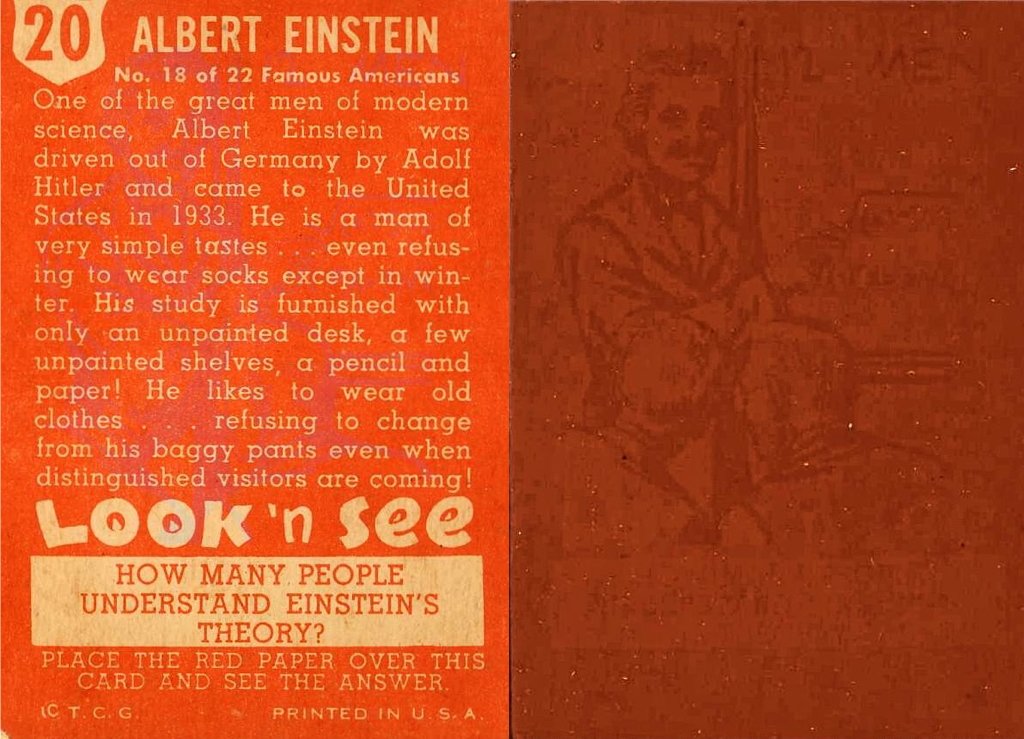

Hamiltonian formalism in field theory, 3+1 splitting, classical Green functions. Finally, we close with a comparison of what this new Metric tensor uncertainty principle presages as far as avoiding the Bicep 2 mistake, and the different theories of gravity, as reviewed in Appendix H.Introduction to quantum field theory on curved background We do come up with equivalent bounds to recover δgtt ~ small-value ≠ O(1) and the deviation of fluctuations of energy, but with very specific bounds upon the parameters of Ali, Khali, and Vegenas, but this has to be more fully explored. Whereas their result (and the generalized string theory Heisenberg Uncertainty principle) have a more limited regime of interpolation of final results. Our result is different from the one given by Ali, Khali and Vagenas, in which our energy fluctuation is not proportional to that of processes of energy connected to Black hole physics, and we also allow for the possibility of Pre Planckian time. We conclude in this document with Appendix G, which is comparing our Pre Planckian space-time metric Heisenberg Uncertainty Principle with the generalized uncertainty principle in quantum gravity. Our lower bound is a dimensional approximation so far. We will in the future add more structure to this calculation so as to confirm via a precise calculation that the lower bound to the graviton mass, is about 10-70 grams. Note that, Appendix F gives conditions so that a pre Planckian kinetic energy (inflaton) value greater than Potential energy occurs, which is foundational to the lower bound to Graviton mass.

Appendix E is for the Riemannian-Penrose inequality, which is either a nonzero NLED scale factor or quantum bounce as of LQG. Finally, this entropy is N, and we get an initial version of the cosmological “constant” as Appendix D which is linked to initial value of a graviton mass. Furthermore, we have an approximation as to initial entropy production N~Sinitial(graviton)~1037. In addition we also examine a Ricci scalar value at the boundary between Pre Planckian to Planckian regime of space-time, setting the magnitude of k as approaching flat space conditions right after the Planck regime. Leading to non-zero initial entropy as stated in Appendix A. Our treatment of the inflaton is via Handley et al., where we consider the lower mass limits of the graviton as due to when the inflaton is many times larger than a Potential energy, with a kinetic energy (KE) proportional to ρw ∝ a-3(1-w) ~ g*T4, with g* initial degrees of freedom, and T initial temperature. This even if we take the stress energy tensor approximation Tii= diag (ρ ,-p,-p,-p) where the fluid approximation is used.

is consistent with non-curved space, so Δt ΔE Heisenberg Uncertainty Principle (HUP) is likely not recoverable due to δgtt ≠ Ο(1)~gtt ≡ 1.i.e.We find from δgtt version of the Heisenberg Uncertainty Principle (HUP), that the quantum value of the Δt The lower bound to the massive graviton is influenced by δgtt and kinetic energy which is in the Planckian emergent duration of time δt as (E-V). Afterwards, what is referred to by Barbour as emergent duration of time is from the Heisenberg Uncertainty principle (HUP) applied to δgtt in such a way as to give, in the Planckian space-time regime a nonzero minimum non zero lower ground to a massive graviton, mgraviton. The metric tensor variations given by δgrr, and are negligible, as compared to the variation δgtt. Unruh did not use the Roberson-Walker geometry which we do, and it so happens that the dominant metric tensor we will be examining, is variation in δgtt. First of all, we restate a proof of a highly localized special case of a metric tensor uncertainty principle first written up by Unruh. With his permission, this paper will be in part reproduced here for this journal. Journal of High Energy Physics, Gravitation and Cosmology,ĪBSTRACT: This paper is with the permission of Stepan Moskaliuk similar to what he will put in the confer-ence proceedings of the summer teaching school and workshop for Ukrainian PhD physics stu-dents as given in Bratislava, as of summer 2015. Massive Gravitons, Heisenberg Uncertainty Principle (HUP), Riemannian-Penrose Inequality Gedanken Experiment for Refining the Unruh Metric Tensor Uncertainty Principle via Schwarzschild Geometry and Planckian Space-Time with Initial Nonzero Entropy and Applying the Riemannian-Penrose Inequality and Initial Kinetic Energy for a Lower Bound to Graviton Mass (Massive Gravity)

Cambridge Monographs on Mathematical Physics, Cambridge University Press, London.


 0 kommentar(er)
0 kommentar(er)
